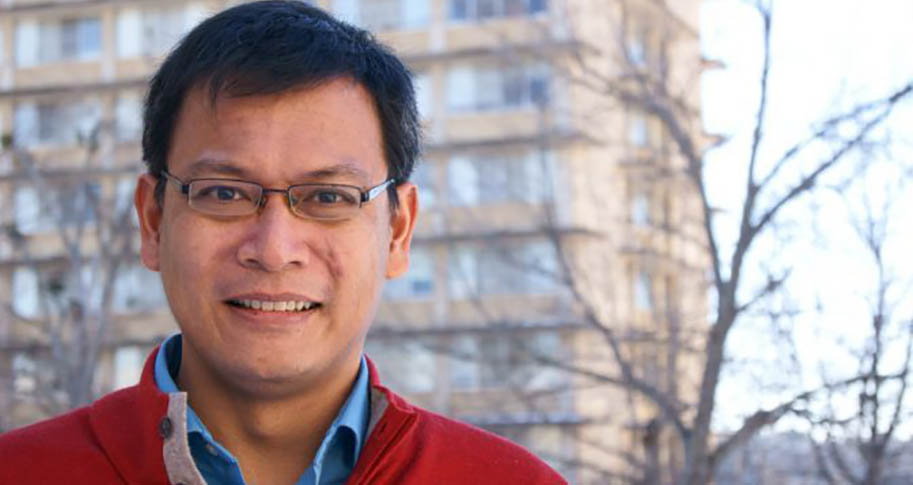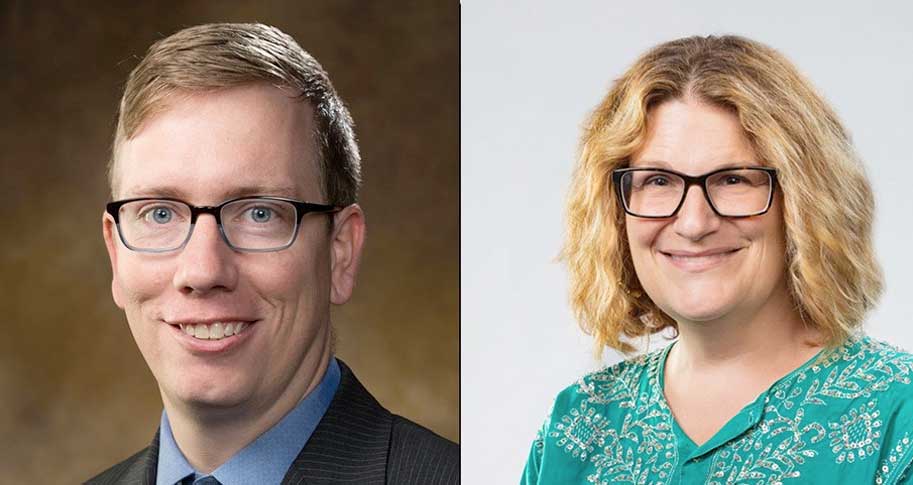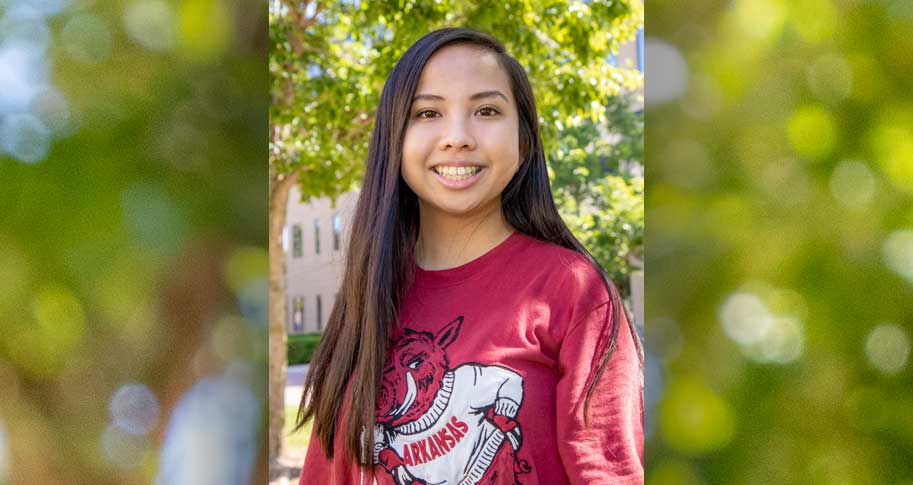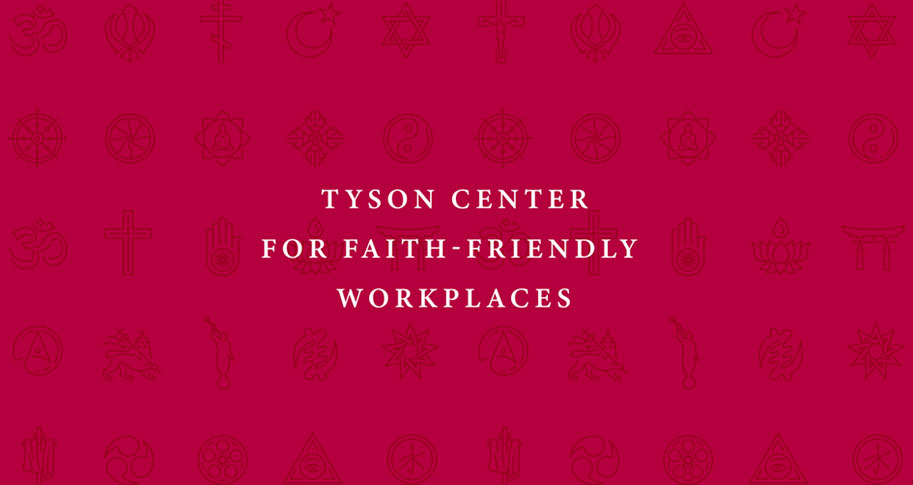
Arya Gaduh, an assistant professor in the economics department at the Walton College, is the co-author of a column on how intergroup contact can foster nation-building.
The column appears online at VoxEU – the Center for Economic and Policy Research’s Policy Portal, which features research-based policy analysis and commentary from leading economists around the world. The column is based on a paper by Gaduh and co-authors Samuel Bazzi of Boston University and CEPR, Alexander Rothenberg of RAND Corporation and Maisy Wong of the University of Pennsylvania. The paper is entitled “Unity in Diversity? Ethnicity, Migration, and Nation Building in Indonesia.”
“Fostering a broad and inclusive sense of national identity is vital for long-term social cohesion, but it is difficult to achieve in light of rapidly growing local diversity,” Gaduh and his co-authors wrote in the online column. “This column uses the example of Indonesia’s Transmigration Programme to show that residential mixing, linguistic differences, and the extent of political and economic competition between groups determine whether diversity leads to integration, social isolation, or segregation – all of which can be influenced by good policy. Properly implemented, such policies both increase social cohesion and encourage greater nation-building.”
The column is available online and the complete paper can also be accessed online.
From the Abstract of the article:
Throughout history, many governments have introduced policies to unite diverse groups through a shared sense of national identity. However, intergroup relationships at the local level are often slow to develop and confounded by spatial sorting and segregation. We shed new light on the long-run process of nation building using one of history’s largest resettlement programs. Between 1979 and 1988, the Transmigration program in Indonesia relocated two million voluntary migrants from the Inner Islands of Java and Bali to the Outer Islands, in an effort to integrate geographically segregated ethnic groups. Migrants could not choose their destinations, and the unprecedented scale of the program created hundreds of new communities with varying degrees of diversity. We exploit this policy-induced variation to identify the nonlinear ways in which diversity shapes incentives to integrate more than a decade after resettlement. Using rich data on language use at home, marriage, and identity choices, we find stronger integration in diverse communities. To understand why changes in diversity did not lead to social anomie or conflict, we identify mechanisms that influence intergroup relationships, including residential segregation, cultural distance, and perceived economic and political competition from migrants. Overall, our findings contribute lessons for the design of resettlement policies and provide a unique lens into the intergenerational process of integration and nation building.




